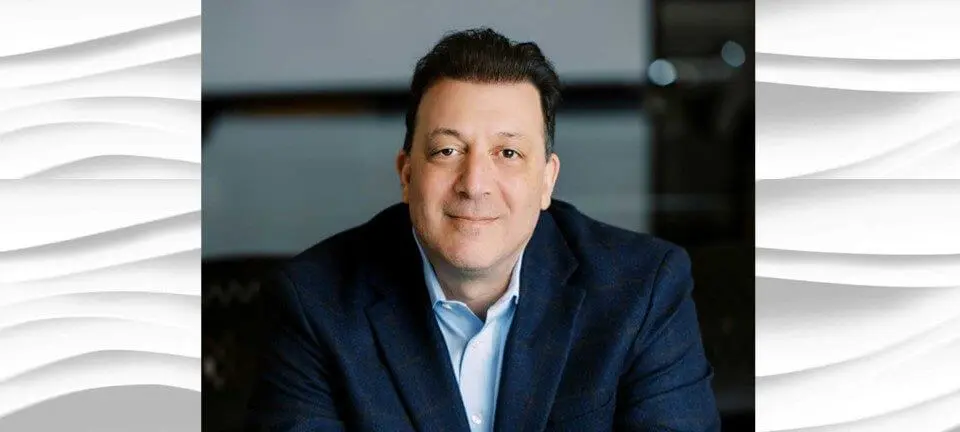Episode 114 – How the Founder of a Marketing Agency Dealt with Key Employee Risk – Member Case by Kimberly Kraemer
Key employee risk is a very real threat to founders of boutique professional services firms. Small, people driven businesses are overly dependent on key employees. If a key employee resigns, the pain inflicted on the owner is intense, and the financial impact on the income statement is large. On this episode, Kimberly Kraemer, CEO at Waterhouse Brands, shares how she suffered the loss of a key employee and how she survived it. In addition, hear how Kim re-engineered her firm to prevent this from ever happening again.


